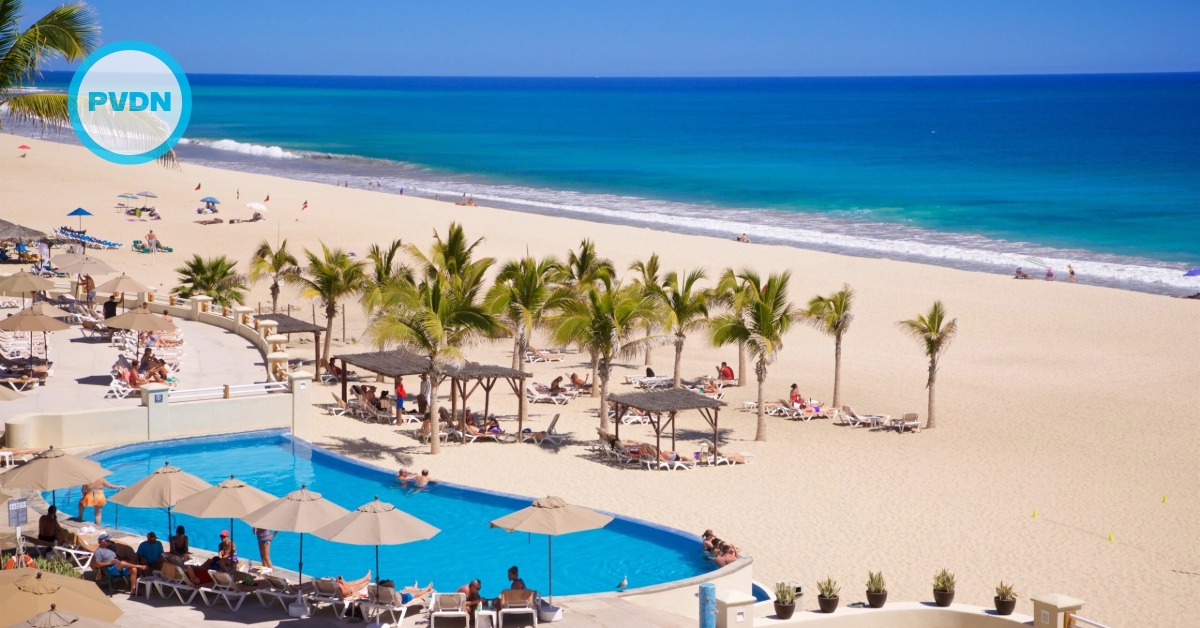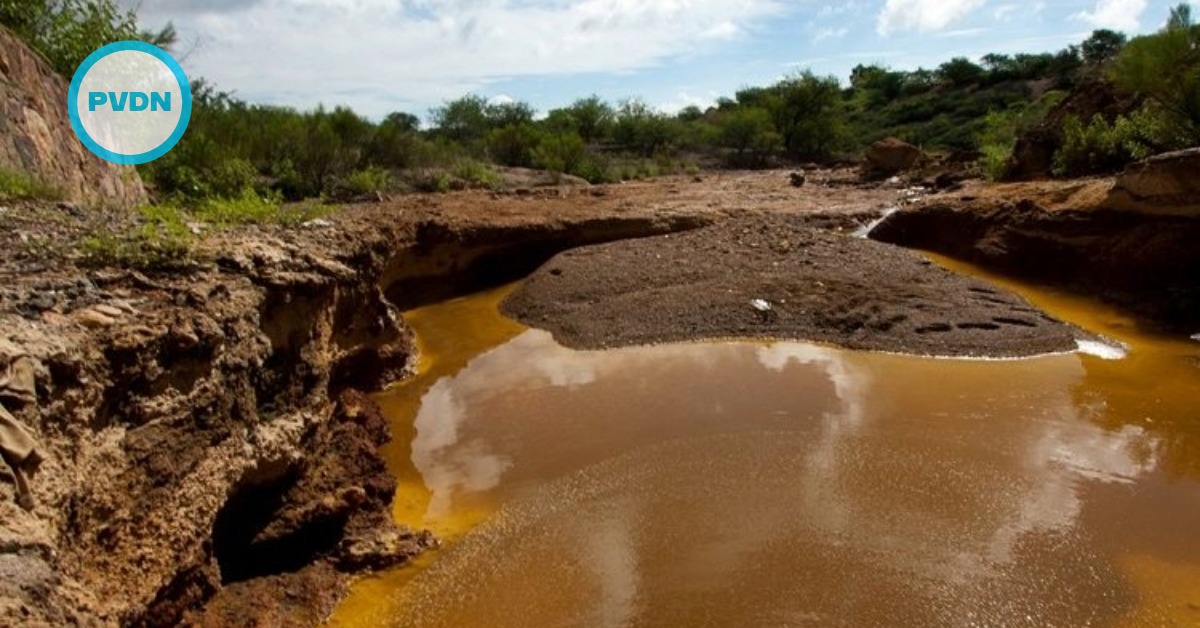Go in search of eggs in most foreign countries and you might encounter a strange scene: eggs on a shelf or out in the open air, nowhere near a refrigerator.
Shock and confusion may ensue. What are they doing there? And are they safe to eat?
We Americans, along with the Japanese, Australians and Scandinavians, tend to be squeamish about our chicken eggs, so we bathe them and then have to refrigerate them.
But we're oddballs. Most other countries don't mind letting unwashed eggs sit next to bread or onions.
The difference boils down to two key things . . .





